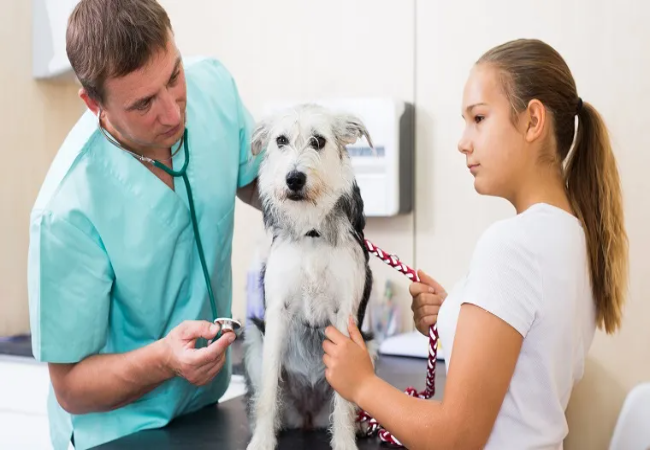Mumps (Canine Parotitis) in Dogs – Vet Led Guide 2025 🐶💧

In this article
Mumps (Canine Parotitis) in Dogs – Vet Led Guide 2025 🐶💧
By Dr. Duncan Houston BVSc
Hello! I’m Dr Duncan Houston, BVSc, founder of Ask A Vet. Though true mumps in dogs is rare, cases of salivary gland inflammation—especially in the parotid glands—do occur. This guide explores causes, symptoms, diagnostics, treatment, recovery, and home-care strategies with comfort and clarity. 🐾
📘 What Is “Mumps” in Dogs?
In dogs, “mumps” refers to acute parotitis—inflammation of the salivary glands (parotid, submandibular, sublingual). While rare, dogs can be exposed to the human mumps virus via saliva or droplets, leading to gland swelling . But more commonly, similar symptoms arise from sialadenitis, trauma, or infection (e.g., distemper, rabies) .
🚩 Who Gets It & Risk Factors
This condition is very rare in dogs. Most reports involve direct exposure to a human with active mumps, such as a child with parotitis . Immunosuppressed dogs may be slightly more susceptible, though comprehensive data is limited .
⚠️ Signs & Clinical Presentation
- Swelling around the jaw or below the ear (unilateral or bilateral parotid gland enlargement)
- Fever, lethargy, inappetence
- Pain swallowing, drooling, gagging, ear/neck discomfort
- Occasionally, earache or “headache”-like behavior (restlessness, head shaking)
🔬 Diagnostic Approach
- History & Exam: Look for exposure to mumps, gland palpation
- Bloodwork: CBC, chemistry to rule out systemic disease and infection
- Serology: Mumps antibody titers if exposure suspected
- Fine-needle aspirate: Evaluate fluids/cells for inflammation or infection
- Imaging: Ultrasound/X-ray to check swelling, rule out mucocele, neoplasia
💊 Treatment & Management
1. Supportive Care (Primary Path)
- Hydration support: subcutaneous (SC) or IV fluids if needed
- Pain/fever control: NSAIDs (e.g., carprofen) as tolerated; mild fevers often left to resolve
- Soft diet: easy-to-swallow food like boiled chicken, rice, or low-sodium broth
- Rest & comfort: quiet space, gentle handling
2. Medical Therapy If Needed
- Antibiotics: When bacterial infection is suspected or aspirate shows infection
- Anti-inflammatories/steroids: For severe swelling or suspected immune-mediated inflammation
- Drainage or surgery: Rarely required—for abscess, mucocele, or gland removal
⏳ Recovery Timeline & Prognosis
Most dogs recover in 5–10 days with supportive care alone . Bacterial or immune-mediated causes may take longer and require additional treatment . With care, long-term outcomes are excellent.
🏡 At‑Home Care & Monitoring
- Check for decreased swelling over time; persistent or worsening lumps need vet recheck.
- Watch appetite, drinking, fever, and behavior daily.
- Keep food soft and temperature-appropriate.
- Apply warm compresses (5‑10 min TID) to ease discomfort.
- Ensure hydration – add water to food or use broth.
- Administer prescribed medications fully.
- Schedule recheck after 3–5 days or sooner if needed.
🐾 Role of Ask A Vet
Need advice during recovery—whether it's about fluid therapy, pain dosing, or diet? Chat with Ask A Vet 24/7. For recovery comfort, together, we’ve got your pup’s back. 💕
✨ Key Takeaways
- “Mumps” in dogs is rare and usually refers to parotitis.
- Swollen salivary glands, fever, inappetence, and drooling are key signs.
- Diagnosis involves history, exam, bloodwork, sometimes imaging and aspirate.
- Supportive care is typically enough—fluids, NSAIDs, rest, soft diet.
- Most dogs recover fully in under two weeks.
If your pup shows jaw swelling, fever, drooling, or trouble swallowing, contact your vet or Ask A Vet for timely guidance—early care makes all the difference. 🐾❤️






